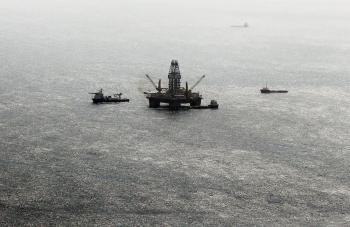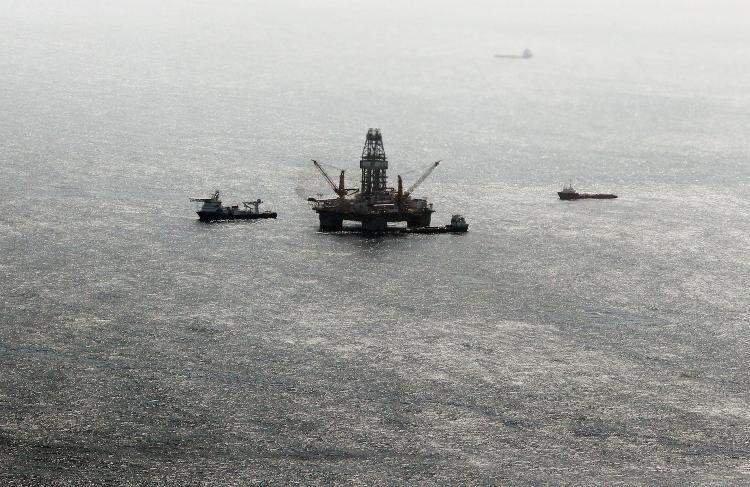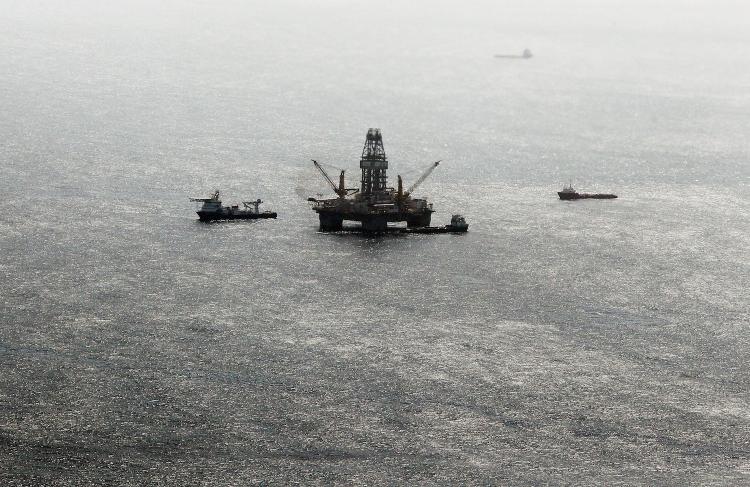“I forecast sluggish growth for four quarters, then a small pickup,” predicted economist Dr. Bill Conerly. “I think there’s the potential for a stronger pickup late in 2011, but the Fed would have to get working on that this month,” he wrote on Seeking Alpha, a financial website.
Despite the economy showing signs of recovery, unemployment will continue to stagnate, according to the recent Federal Open Market Committee (FOMC) meeting minutes, published by the Federal Reserve Board. FOMC is a branch of the Federal Reserve Board, which establishes U.S. monetary policy.
Unemployment in December still hovered around 9.4 percent, according to a January announcement by the U.S. Bureau of Labor Statistics (BLS).
Grounds for slight optimism came from an uptick in consumer spending in October and November of last year. However, companies have not stopped retrenching employees, mostly due to closing divisions and cutting down operations, with 152,816 workers losing their jobs through mass layoffs in November, according to the latest BLS report.
On the positive side, U.S. exports increased by $4.9 billion in October over September, and imports decreased by $0.9 billion during the same month, according to the latest BLS announcements, putting a slight dent in the U.S. trade deficit.
One more positive sign is that U.S. Bureau of Economic Analysis publications indicate that the U.S. business sector is making inventory investments and increasing their equipment and software purchases.
“Information received since the Federal Open Market Committee met in November confirms that the economic recovery is continuing, though at a rate that has been insufficient to bring down unemployment,” according to a December statement from the Federal Reserve.
Environmental and Economic Disaster
For years to come, 2010 will be known as the year when the Deepwater Horizon oil spill dominated the airwaves for three months.
Tourism on the coasts of Mississippi, Alabama, and Florida halted to a standstill and the economy fell on its face, leaving tens of thousands without jobs in the region.Commercial fishermen were affected, and many restaurants that primarily served products from that area had to close down. The domino effect was felt in almost every industry, from manufacturing to the service industries, throughout the entire United States.
“The economic impact of this disaster is going to be substantial and it is going to be ongoing,” said President Obama in a published discussion with cabinet members in June of 2010.
Next: Leading economic indicators, such as the ones we used that failed to warn us about an impending economic disaster back in 2007, have become unpredictable.
Implications and Workable Theories
Leading economic indicators, such as the ones we used that failed to warn us about an impending economic disaster back in 2007, have become unpredictable.
Experts suggest that unless academia, economists, and financial experts start afresh and let go of outdated mathematical models that may never have been useful in the first place, predictions might be useless and will lead the world into another economic meltdown.
“Unlike true scientists, economists try to make the world conform to their models, rather than try to make their models conform to the real world. If the markets and investors behave in ways not prescribed by economic theory they are irrational,” wrote Shahin Shojai, global head of strategic research at Capco, in one of his Economists’ Hubris analytical articles.
In five articles, written over a span of about a year, Shojai and his co-writer George Feiger, CEO at Contango Capital Advisor, suggests that economists and financial experts must learn to cooperate with experts from the real world and develop workable models that could be used and understood by those employed in the industrial sectors.
It is of prime importance to focus on the reason why something happens in the business world and the underlying corporate objectives. What is missing in the models now is an analysis of the external and internal business environment, a review of a given industrial sector and even the different size of companies within an industry, as well as suppliers and customers. All these must be dissected and incorporated into a workable model.
“The current crisis provides academic economists with an exceptional opportunity to acknowledge the short-comings of their theories and to make a fresh start in developing models that students can actually take with them from business schools to businesses,” said Shojai in his article.
Government Intervention
The public’s loss of confidence in Wall Street spurred U.S. regulators into action. President Barack Obama signed into law the Dodd-Frank Wall Street Reform and Consumer Protection Act, the most sweeping financial regulatory reform act since the Great Depression, on July 21, 2010.
In a nutshell, the new legislation puts an end to the motto “Too Big to Fail.” This section of the bill puts an end to taxpayers bailing out failing financial institutions and imposes new standards, including capital and leverage requirements. No longer can debt exceed by a great margin the net worth of a company.
The bill demands transparency and the creation of an oversight entity, which is meant to protect investors and the public from greedy and unscrupulous individuals. Probably the most far-reaching part is the section that calls for the breakup of large and complex companies, making it easier to spot problems.
“At last, we have brought real change to the way Wall Street does business. ... With this bill, we have protected taxpayers from being forced to bail out companies that threaten to bring down the economy,” said Sen. Chris Dodd, D-Conn., in a statement after President Obama signed the bill.







Friends Read Free